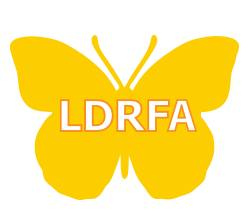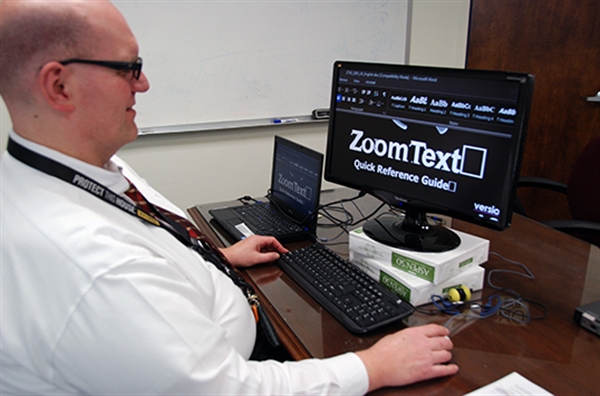By: Zahavit Paz
Table of Contents
Toggleperson with a disability often require testing accommodations in order to take and pass the required examinations that allow them to participate in the general education curriculum. They require accommodations: some need extended time, a distraction-reduced environment, adaptive technology, readers, scribes or alternative test formats.
Schools are, in fact, required by law to accommodate students with disabilities. Students who use “accessible” formats require the exam to be delivered in a digital format. They also must ensure that all text exams are delivered fully secured.
What is Universal Design in Education (UDL)?
In the 1990’s, David Meyer and Anne Rose 1990’s they were the first to come first came up with the notion that all students should have access. They created the Universal Design in Education guidelines (see: UDL guidelines). UDL affords learners in various ways to receive information and demonstrate their knowledge. It allows them to break down barriers and create paths towards their education.
Nearly 30 years later, the big idea for educational institutions is a map for inclusion for all. Yet, it has not been adopted as the standard.
The No Child Left Behind Act (NCLB), the Every Student Succeeds Act (ESEA) and the ADA.
Federal law mandates that students with disabilities participate and make progress towards higher performance standards, and states establish the required testing.
The necessary accommodations are part of the students’ Individualized Education Plan (IEP) (Please see the guide to navigating IEP).
It’s covered by the Every Student Succeeds Act (ESEA) of 2015, which replaced the No Child Left Behind Act (NCLB) of 2002. The ESEA covers elementary and secondary education, including college and university students.
Testing Center Accommodations video
State exams for vocational licensing are also covered under the rules of the Americans with Disabilities Act (ADA). (See: ADA Testing Requirements). The ADA became law in 1990 and was amended in 2009 to ensure that individuals with disabilities have the opportunity to compete fairly for all public employment opportunities.
Today technology is part of the mainstream in education
Students with documented disabilities in the special education system must be allowed to use technologies for testing, like screen magnifiers and speech recognition, which transforms speech to text. They can help students overcome and minimize their challenges. Parents and educators should become familiar with the Tech act. What parents should know about assistive-technology law.
The school’s IEP team usually recommends and evaluates a child for Assistive Technology. However, parents can request assistive technology for their child.
In higher education, assistive technology is covered under section 504 What Is Section 504 .pdf and ADA. It depends if the college or university is public or private and whether it receives federal funds.
Assistive technology for Exams
Assistive technology used in testing ensures that every student can succeed regardless of their disability. Technology is typically seen as a means of leveling the playing field for students with learning disabilities
Educators can develop assessments that are easy to implement and gives the students the ability to feel independent. Changing the delivery method can allow the student to be more independent.
If students can use Text to speech or Speech to Text technology to complete an exam, they need not be dependent on a teacher or test examiner assistant to read the exam aloud to them.
These testing tools can be used by teachers and students in regular instruction as well.
Some students may require other accommodations for exams. The use of a quiet room can prevent distraction and allow extra time, or more breaks, as needed.
Assistive Technology Tools for Testing List
These tools enable students with Dyslexia, learning disabilities and/or vision impairment to participate in exams independently:
English proficiency Testing tool: Duolingo
Speech Recognition software can be used in exam accommodations
Using voice dictation helps students with dyslexia and cerebral palsy paralysis. They can take exams by dictating, hands-free to a computer using built-in features of popular operating systems. It is best to ask the disability service at your school what software they use for students’ speech to text accommodations.
Free: These voice dictation apps are free; some are built-in parts of popular operating systems:
- Apple Dictation (Mac OS)
- Chromebook Accessibility Features (Google’s Chrome OS)
- Windows Voice Recognition (Windows OS)
- Google docs voice typing (Google Docs)
- Speechnotes (App for Android OS)
Paid: The disability office (ODS) at your school may have paid text to speech software, such as Dragon Naturally Speaking (Multi-platform app)
Using technology to accommodate students in exams
For students who have reading difficulties, such as dyslexia, the feeling of being able to take exams independently and being able to read and understand the questions in exams is an important step towards fostering independence. They no longer need to make set appointments with school and college examination assistants to assist them with reading their exams.
If they suffer from a comprehension deficit, they can easily press a button and have a question read again to them.
Schools or colleges can save money, as no examiner assistants are needed to read or participate in testing that often takes 2 to 3 hours.
By providing an equal and all-inclusive experience for people with disabilities, every student has the potential to succeed and become independent.
 Zahavit Paz is a co-founder of LD Resources Foundation. She’s a graduate of CUNY Graduate disabilities study program. She is often a presenter on Assistive Technology at professional conferences in schools and colleges and has written extensively on her personal struggle with Dyslexia and ADHD. She is an advocate for individuals with LD and provides resources and information through the LDRFA website. More info about Zahavit Paz.
Zahavit Paz is a co-founder of LD Resources Foundation. She’s a graduate of CUNY Graduate disabilities study program. She is often a presenter on Assistive Technology at professional conferences in schools and colleges and has written extensively on her personal struggle with Dyslexia and ADHD. She is an advocate for individuals with LD and provides resources and information through the LDRFA website. More info about Zahavit Paz.


